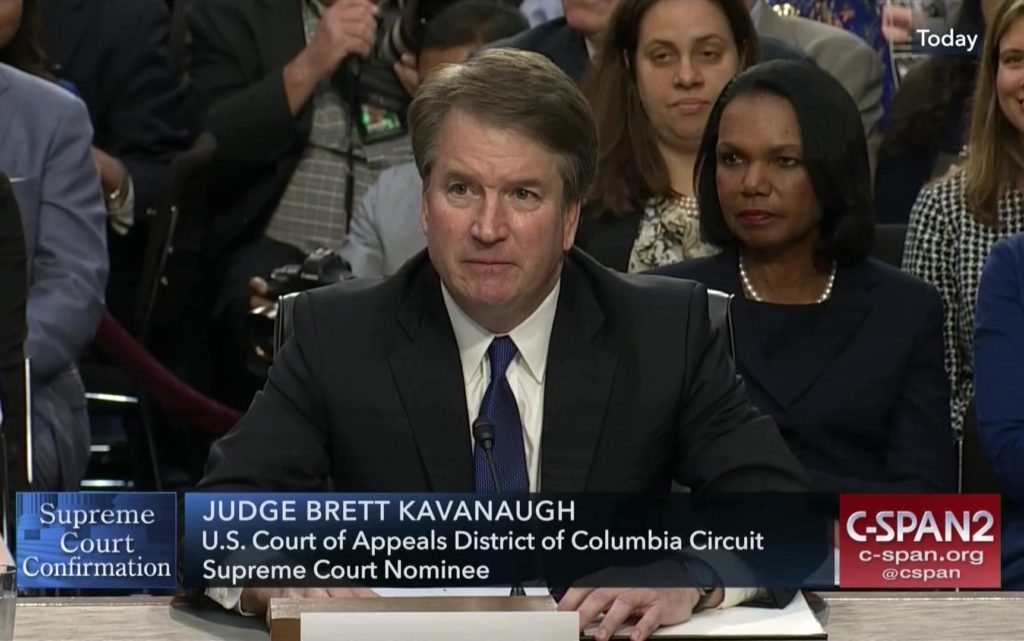What is the Role of the U.S. Senate During the Supreme Court Confirmation Process?

Article II of the U.S. Constitution expressly gives the president the power to “nominate, and by and with the advice and consent of the Senate, shall appoint…Justices of the Supreme Court…” Senate Republicans, led by majority leader Mitch McConnell, blocked President Obama’s appointee by refusing to schedule hearings until after the 2016 presidential election. President Trump nominated Judge Neil Gorsuch after taking office and Gorsuch was confirmed by the Senate in 2017. After the retirement of Justice Anthony Kennedy, President Trump nominated Judge Brett Kavanaugh from the U.S. Court of Appeals for the D.C. Circuit as a replacement.
In the confirmation process, the Senate judiciary committee holds hearings to question nominees on their interpretation of the U.S. Constitution and their judicial record. In the past, hearings have served as opportunities for Senators to question appointees in order to learn how they would rule on significant constitutional issues. However, considering the ambiguity of “advice and consent,” some question the exact role of the Senate and purpose of the hearings. Using examples from the nominations of Neil Gorsuch and Brett Kavanaugh, this deliberation will explore the confirmation process and what role the Senate plays in appointing a Supreme Court Justice.
What is the role of the U.S. Senate during the Supreme Court confirmation process?
TEACHING ABOUT CONFIRMATION HEARINGS
- Lesson Plan
- Vocabulary Preview
- Background Article Questions
- Background Video Questions
- Note-taking Chart
- Deliberation Activities


